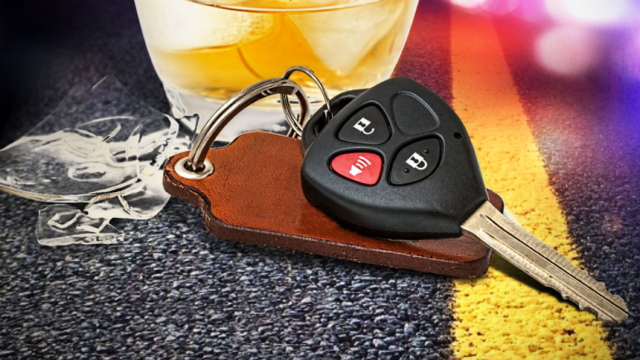Creating a Database of Where DUI Offenders Were Drinking Is a Terrible Idea

We already use a lot of very bad metrics when it comes to the public debate over driving drunk.
For instance, everyone from reporters to law enforcement to policymakers likes to talk about drunk driving arrests, but what do arrests really tell us about actual on-the-road safety? Arrest numbers can go up and down based on all sorts of variables. Like enforcement. If we put more cops on the street patrolling for DUI’s, or running operations like DUI checkpoints, we’re going to get more arrests. Or if we change public policy, lowering the lawful BAC level or changing the manner in which we measure inebriation in drivers, that can impact arrests too.
But our goal is not arresting people. Our goal is traffic safety. If we arrest more people, but we see the same number of alcohol-related crashes, what have we really accomplished?
Now, unfortunately, a group of people in Fargo want to generate more bad data to muddy the waters in the debate over making our roads safer. Carol Schlossman, vice chair of the Downtown Neighborhood Association, wants to create a “place of last drink” ordinance in the city which would create a database of where DUI offenders were drinking prior to their arrest.
“Businesses that show up often in the POLD data would have to demonstrate to the city how they will address the problem, or face some sort of intervention,” the Fargo Forum reports.
[mks_pullquote align=”left” width=”300″ size=”24″ bg_color=”#ffffff” txt_color=”#000000″]This is a very bad idea. Not only a waste of law enforcement time and resources, but an exercise in producing data which tells us very little of use.[/mks_pullquote]
This is a very bad idea. Not only a waste of law enforcement time and resources, but an exercise in producing data which tells us very little of use.
The assumption here is that we could see trends in where DUI offenders are drinking, and then perhaps hold those bars, restaurants, etc. accountable in some way. Except, imagine all the ways a perfectly innocent establishment could end up on this list.
What if someone drinks at one establishment, and then has just one drink at a final establishment before getting arrested?
What if person arrested wasn’t the one buying the drinks?
And why are we assuming that an establishment serving alcohol has necessarily done something wrong simply because a person who was drinking there got arrested for DUI? The BAC threshold for driving under the influence in North Dakota is 0.08. While that might be too drunk to safely operate a vehicle, in most people it’s not a level of inebriation which leads you to be visibly drunk. Many people could have a BAC level significantly higher than 0.08 yet show few outward signs of it.
Yet with this database we could be creating the perception that some establishments are acting irresponsibly, even when they’re not.
We shouldn’t be afraid of collecting data with which to inform debate over public policy.
We should absolutely oppose collecting useless data which can, and probably would, create false impressions of the issue.
Beyond that, we should have a philosophical problem with anything which dilutes the responsibility for driving drunk from the drunk driver to others.
When a drunk gets behind the wheel to drive, the only one responsible for that decision is the drunk.




